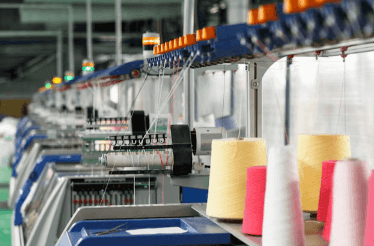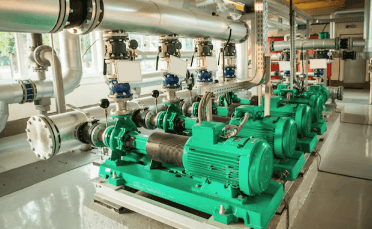Question
a.
In situ or ex situ
b.
Extensive or intensive
c.
Biological
d.
Physical
Posted under Environmental Biotechnology
Interact with the Community - Share Your Thoughts
Uncertain About the Answer? Seek Clarification Here.
Understand the Explanation? Include it Here.
Q. Process integration is not achieved by which among the following?
Similar Questions
Explore Relevant Multiple Choice Questions (MCQs)
Q. Pick-and-mix approach makes the process integration a flexible approach in cleaning up the land.
View solution
Q. Which among the following processes doesn’t come under phyto-remediation?
View solution
Q. ____________ can be used to degrade typical contaminants using carbon source for their growth.
View solution
Q. Which among the following doesn’t have higher potential to soil remediation?
View solution
Q. Which of the following processes uses hydroponics to remove water contaminants?
View solution
Q. The process by which microorganisms utilize contaminants as their food sources thereby degrading them is called as ____________
View solution
Q. Decomposition of remains from mineralization process is done by ______
View solution
Q. Co-metabolism is a process in which contaminants is again taken up by the microorganisms and is used as a food source.
View solution
Q. Immobilization is used to remove which type of contaminants?
View solution
Q. Which among the following is a process of immobilization?
View solution
Q. Bio-remediation is most suitable for the degradation of __________
View solution
Q. Bio-remediation can also be used to degrade __________
View solution
Q. Which among the following is not suitable for treatment by bio-remediation?
View solution
Q. Which among the following is not considered as the principal environmental factor?
View solution
Q. Bio remediation does not rely on the natural abilities of soil micro-organisms.
View solution
Q. What is the preferable range of temperature for bioremediation by soil microorganisms?
View solution
Q. 20-30°C is the ideal range for bioremediation as it optimizes _______
View solution
Q. Which of the following type of soil is suitable for soil remediation?
View solution
Q. Which among the following does not determine the suitability of soil remediation?
View solution
Q. Which of the following treatment options is not suitable for areas where contaminants don’t cause a potential harm to human health and the environment?
View solution
Recommended Subjects
Are you eager to expand your knowledge beyond Environmental Biotechnology? We've handpicked a range of related categories that you might find intriguing.
Click on the categories below to discover a wealth of MCQs and enrich your understanding of various subjects. Happy exploring!








